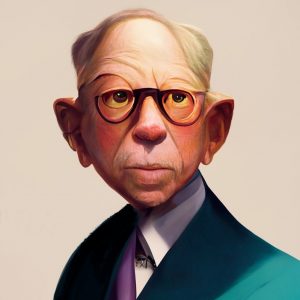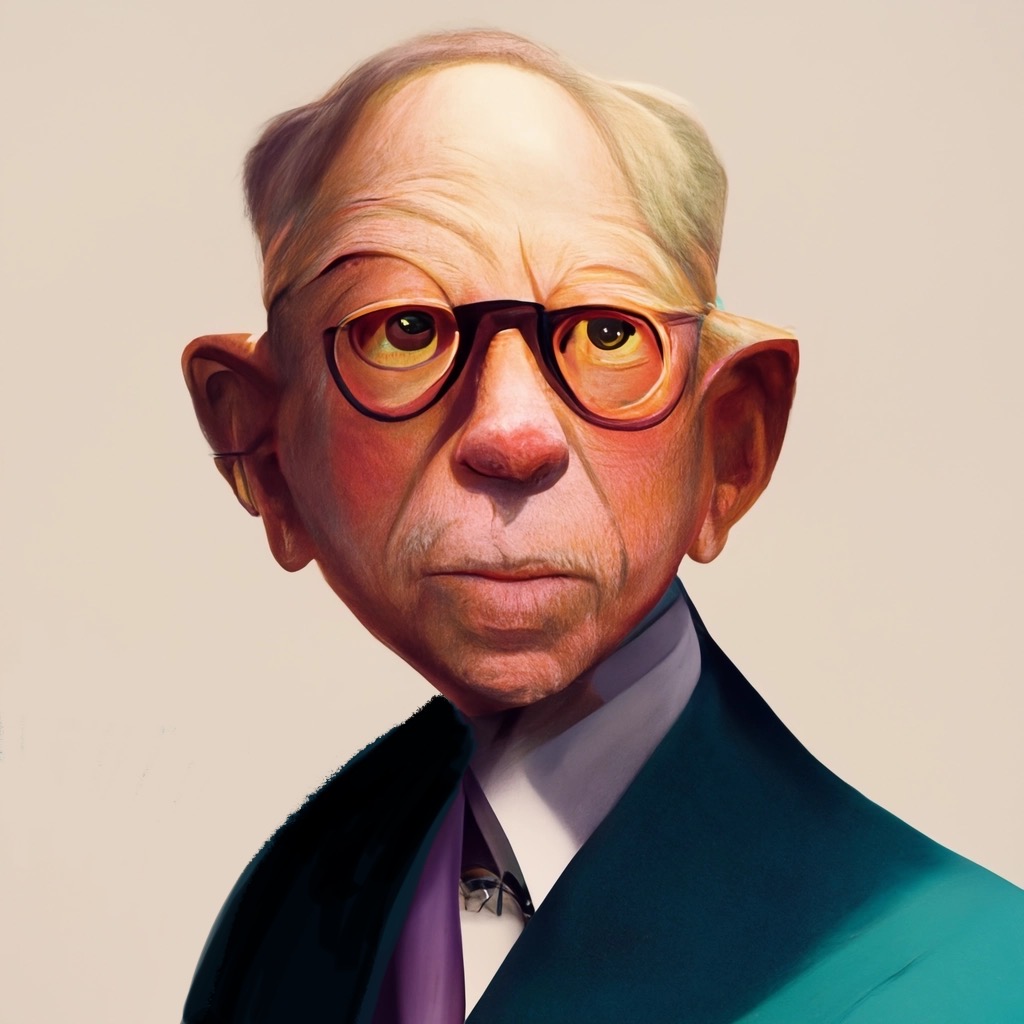Before there was a William J. O’Neil or a Nicolas Darvas there was Jesse Livermore. Livermore was considered to be one of the greatest traders to ever live. He is said to have made over $100 million shorting the 1929 crash, an unthinkable amount in his time. He made and lost millions on several occasions, he was a master of the market. No one blew up as many trading accounts or came back to be a millionaire more times in trading history that I know of. We would all do well to sit up and listen to the primary rules and the methodology that he traded with. His strength was his ability to trade with size and ride a trend for huge wins. Livermore’s weaknesses were likely his lack of discipline at times to follow his own rules and he did not manage his risk of ruin throughout his career going through too many cycles of boom and bust. I would assume with his style of trading he was chopped up in range bound markets and spent a lot on commissions, in his day there were no discount brokers and commissions would add up.
Here were his basic rules from his book How to Trade In Stocks which is recommended reading by many top stock traders.
- Buy rising stocks and sell falling stocks.
- Do not trade every day of every year. Trade only when the market is clearly bullish or bearish. Trade in the direction of the general market. If it’s rising you should be long, if it’s falling you should be short.
- Co-ordinate your trading activity with pivot points.
- Only enter a trade after the action of the market confirms your opinion and then enter promptly.
- Continue with trades that show you a profit, end trades that show a loss.
- End trades when it is clear that the trend you are profiting from is over.
- In any sector, trade the leading stock – the one showing the strongest trend.
- Never average losses by, for example, buying more of a stock that has fallen.
- Never meet a margin call – get out of the trade.
- Go long when stocks reach a new high. Sell short when they reach a new low.
While Livermore won in the markets over the long term he also lost everything many times, he even went into bankruptcy before making his unbelievable wealth. While he was a true pioneer in trend following, his weakness was the proper respect of risk management, especially his understanding of the odds that he would be ruined if he risked large amounts of his capital on each trade. He was living proof that if you do not respect the risk of ruin you will eventually be ruined by a string of losses. It is popularly believed that Livermore died broke, this is not true, he set up a trust for himself after one of his comebacks to make sure he would never be broke again. According to the books I read and Wikipedia he had untouchable trusts and cash assets at his death totaling over $5 million. He had a lifelong history of clinical depression and it had become the dominant factor in his final years. He may have faced and been overcome by mental ruin at the end when he committed suicide after a life spent on the boom and bust wealth cycle along with a materialistic lifestyle. Jesse Livermore’s life is both an example of success with making the kind of money most new traders dream about and also a cautionary tale that shows the dangers of trading and the mental toll it can take when done incorrectly and with the wrong mindset.

